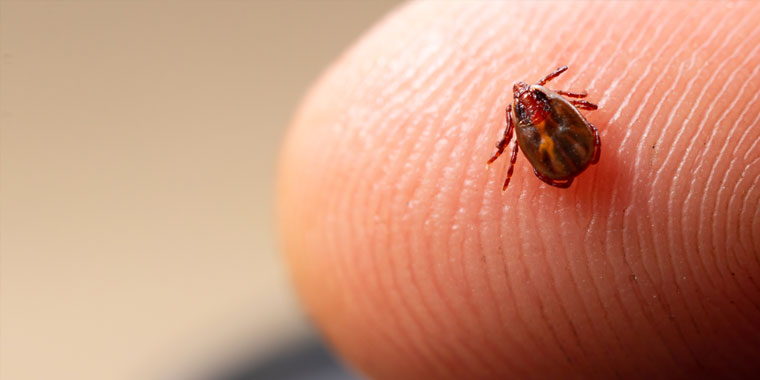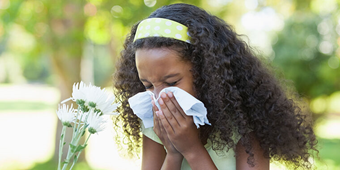Tick Bites On the Uptick: How To Prevent Lyme Disease

Answer a few questions and we'll provide you with a list of primary care providers that best fit your needs.
If hiking, camping or walks in the woods are on your agenda this summer, there’s something you should know. When the weather is warm, ticks – those leggy black bugs, between the size of a poppy seed and sunflower seed – thrive in wooded, grassy, areas. If you brush up against one, it can latch onto your skin and refuse to let go.
And the U.S. Environmental Protection Agency reports that the incidence of Lyme disease, carried by ticks, nearly doubled in the U.S. from 1991 to 2018. The EPA adds that this may be attributed to rising temperatures, which have expanded the range of ticks, the EPA adds.
“It’s that time of year,” says certified family nurse practitioner Sara Wilson-Rector. Educating yourself about ticks and the Lyme disease they can carry is important, especially if you and your family enjoy the outdoors, she says.
What To Do?
Ticks can attach to any part of your body. “But they especially like warm, hard-to-find places like your groin, armpits, or scalp,” says Wilson-Rector. “Before you head out, cover your skin with clothing, and tuck your pants into your socks or shoes,” she advises. Apply insect repellant containing Deet to exposed skin on those over the age of 3.
“If you’ve been out hiking in the woods or in grassy areas (even in your backyard), it’s wise to check your body for ticks afterwards. If you find a tick on your skin, and feel comfortable removing it, do so by pulling it straight out,” Wilson-Rector says.
“But if you don’t feel comfortable removing the tick, or if you see a rash or reddish bullseye on your skin, visit your health care provider,” she adds. The sooner, the better.
What’s Lyme Disease?
Ohio has three types of ticks that can become infected with the bacterium that causes Lyme disease. If they latch onto your skin, they can transfer Lyme disease to you. Not all ticks are infected, so if you find a tick on your skin, there’s no reason to panic. But do act quickly.
In addition to a rash (often shaped like a bullseye), symptoms of Lyme disease can include fever, chills, headache, fatigue, muscle and joint pain, and swollen lymph nodes.
“We treat Lyme disease with 21 days of an antibiotic,” Wilson-Rector says. If not treated early, the infection can spread to your joints, heart, and nervous system. Prompt treatment can help you recover more quickly. The earlier you’re treated, the better your chances for a full recovery.
Answer a few questions and we'll provide you with a list of primary care providers that best fit your needs.





